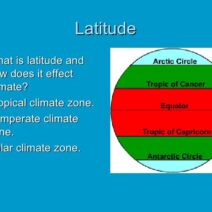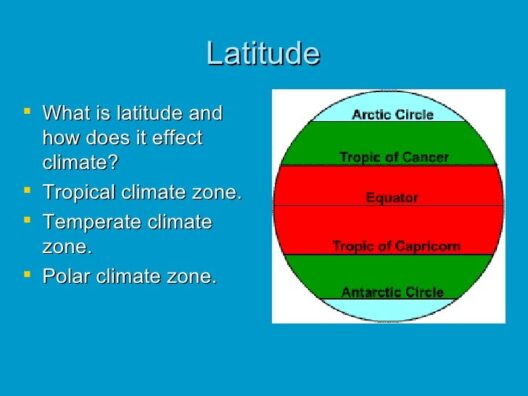As the sun blazes down upon the glittering skyline of Las Vegas, it becomes increasingly clear that the city is confronted with a conundrum not easily ignored. At first glance, Las Vegas may seem insulated by its flamboyant façade, an oasis of luxury amid an arid expanse. However, beneath this veneer lies a stark reality: global warming is reshaping desert cities, looming like a dark cloud over an unsuspecting populace. In this intricate narrative, the intertwining of climate change and urban life emerges, prompting a profound shift in perspective on our environmental responsibilities.
The very essence of Las Vegas rests in its duality. It is a city that thrives on excess, epitomized by sprawling resorts, dazzling lights, and an abundance of entertainment. Yet, its geographical location renders it vulnerable to the vicissitudes of climate change. The Mojave Desert, where this famed city resides, is not merely a backdrop; it is a living entity subject to the detrimental effects of rising temperatures and shifting weather patterns. Understanding this relationship is essential to comprehending the broader implications of global warming.
Astonishingly, the mean annual temperature in Las Vegas has escalated by approximately 5°F over the last century. This increase may appear modest; however, it masks the dangerous realities lurking beneath the surface. The impacts of such temperature shifts are profound and inexorable. Intense heat waves, now alarmingly frequent, morph Las Vegas into a furnace-like environment, transforming the daily lives of its inhabitants.
As a consequence, energy consumption soars. The demand for air conditioning, an indispensable respite for residents, surges during the sweltering months. This incessant strain on the electrical grid amplifies greenhouse gas emissions, creating a vicious cycle that perpetuates the climate crisis. The irony is poignant: in our quest for comfort, we inadvertently contribute to our own discomfort. The aspirational lifestyle, once synonymous with Las Vegas, risks becoming an agonizing burden if sustainable practices are not adopted.
Beyond merely temperature fluctuations, global warming invites a cascade of environmental repercussions. Water scarcity is perhaps the most pressing issue threatening Las Vegas. The Colorado River, a vital water source, is dwindling due to prolonged droughts exacerbated by climate change. As conservation becomes imperative, the once-thriving urban oasis teeters on the brink of a profound crisis. The realization that the shimmering fountains and artificial lakes are dependent on an increasingly tenuous resource leads to disquieting questions about sustainability.
This backdrop of environmental turmoil calls into question the future of tourism, a cornerstone of Las Vegas’s economy. The allure of pool parties, outdoor concerts, and leisurely strolls along the Las Vegas Strip faces the threat of harsh realities. As severe temperature spikes and water shortages become the norm, the landscape of leisure, once diverse and thriving, could shift dramatically. Forward-thinking strategies are essential to ensure that tourism adapts rather than stagnates in the face of climatic challenges.
In light of these evolving conditions, the need for innovative and sustainable urban development becomes paramount. The concept of climate resilience—a term that denotes a community’s capacity to adapt to and mitigate climate impacts—should guide the architectural evolution of Las Vegas. By integrating eco-friendly practices into urban planning, the city can work to alleviate the excessive environmental footprint of its inhabitants. Green spaces, renewable energy sources, and intelligent water management systems are not mere trends but essential necessities.
Moreover, the transition towards a more sustainable Las Vegas necessitates engaging the community in climate action. Citizens must recognize their role in combating global warming, not only for the sake of their own city but for future generations. Education and awareness campaigns can empower residents to adopt eco-conscious practices, from reducing water consumption to utilizing public transportation. This collective shift in behavior, however gradual, can forge a more resilient society better equipped to face the challenges of a warming planet.
Importantly, the influence of Las Vegas extends far beyond its neon lights and tourist attractions. As one of the most recognizable cities globally, its response to climate change reverberates through both the national and international arenas. By embracing sustainable practices and spearheading climate initiatives, Las Vegas can position itself as a beacon of hope, demonstrating that economic success and environmental stewardship can coexist harmoniously.
The road ahead is rife with challenges, yet it offers a glimpse into the potential for transformation. Engaging with local policymakers, businesses, and residents, the city can develop a multifaceted approach to sustainability that addresses the complex interplay of climate realities and urban life. Initiatives such as incentivizing solar energy, promoting green transportation access, and advocating for water conservation will chart a progressive course toward a more sustainable future.
In conclusion, Las Vegas stands at a pivotal juncture, caught in the throes of global warming while grappling with its own identity. The city’s inherent strengths—creativity, resilience, and an unyielding spirit—must be marshaled to tackle the existential threats posed by climate change. Embracing this challenge offers an extraordinary opportunity to redefine what it means to live in a desert city. Rather than yielding to despair, the citizens of Las Vegas can choose to illuminate the path forward, one that promises a harmonious coexistence of prosperity and environmental integrity. The desert’s scorching reality can serve as a clarion call for transformative change, beckoning us to envision a future that thrives in the face of adversity.




